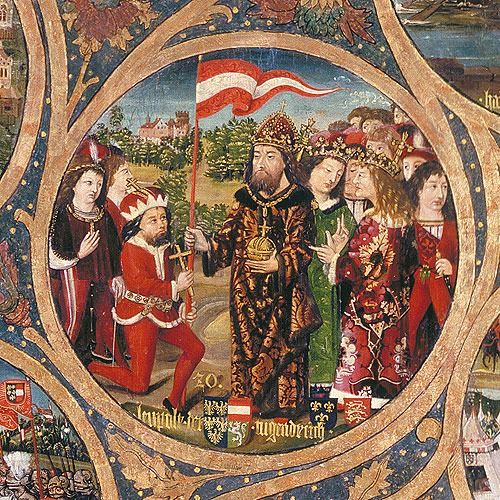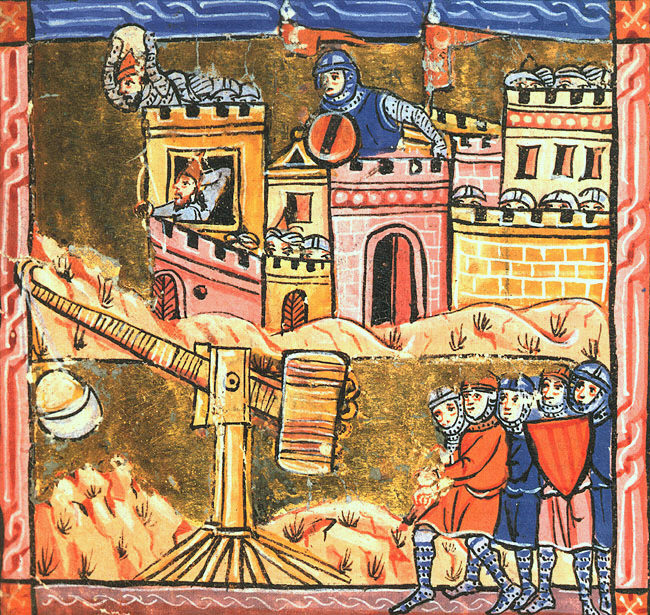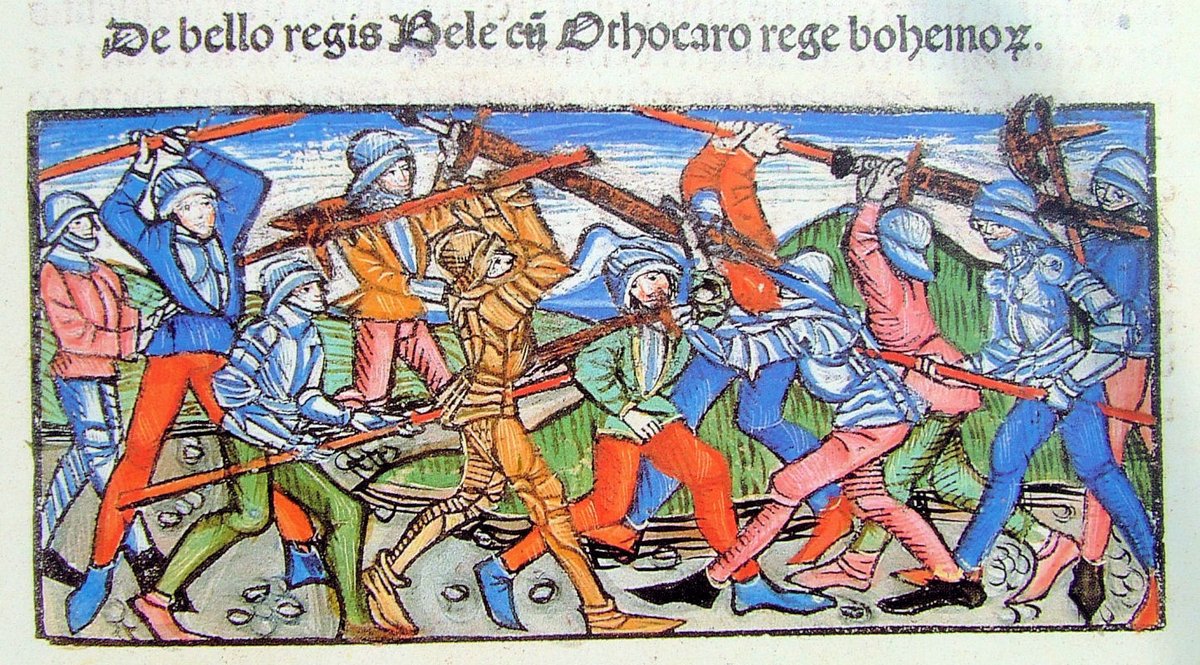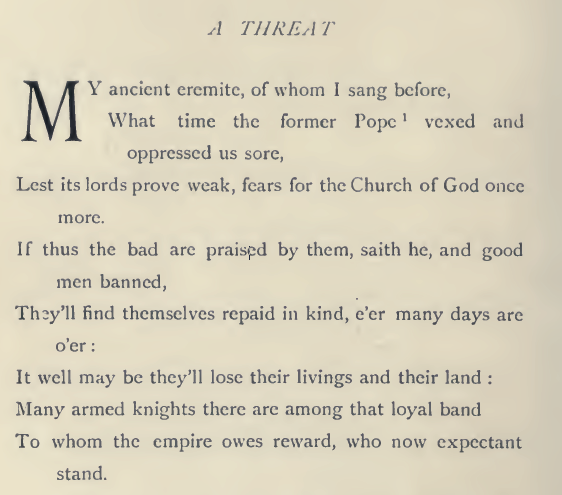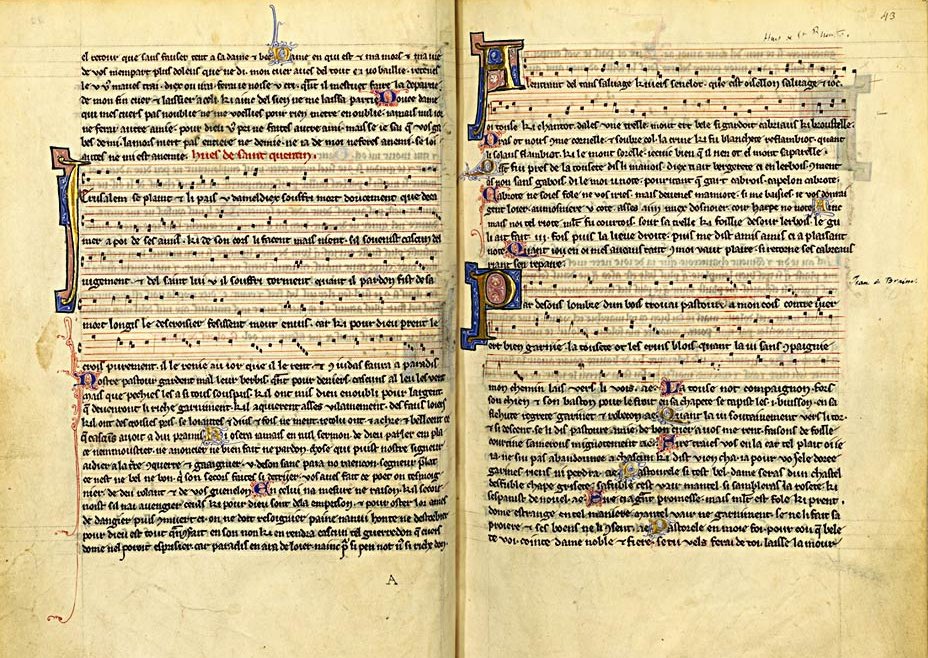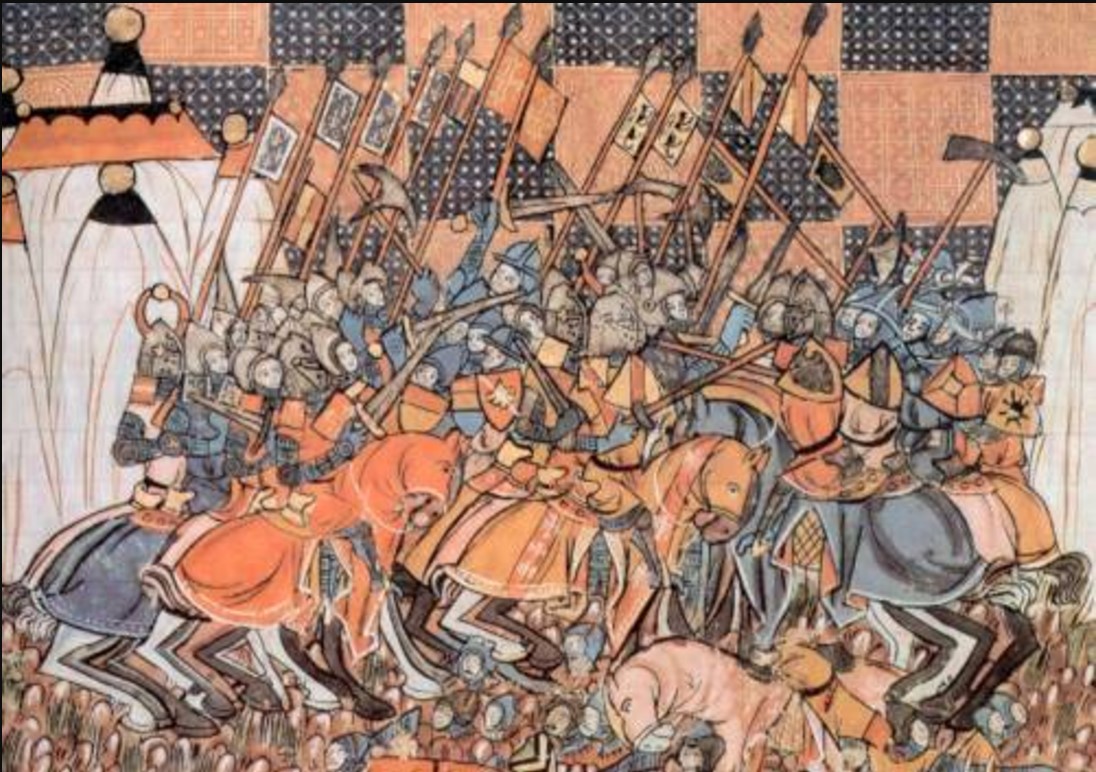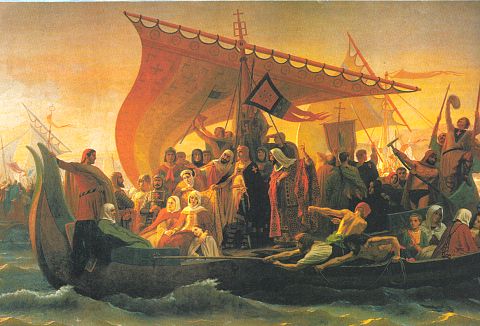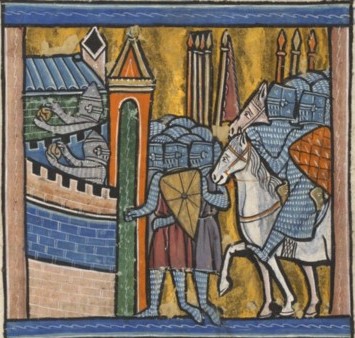
Flagellants appear in the Kingdom of Hungary! "At [Béla IV’s] time, in the year of our Lord 1263, the common people roamed everywhere about the country beating themselves with whips." (Chronica de gestis Hungarorum) What did they want, where did they come from? I explain... 

The Flagellants were a recurrent Christian movement, one of its outbreaks expected the arrival of the age of the Holy Spirit after 1260! It originated in Perugia in Italy Thousands of people, known as Flagellants, whipped
themselves publicly!
themselves publicly!
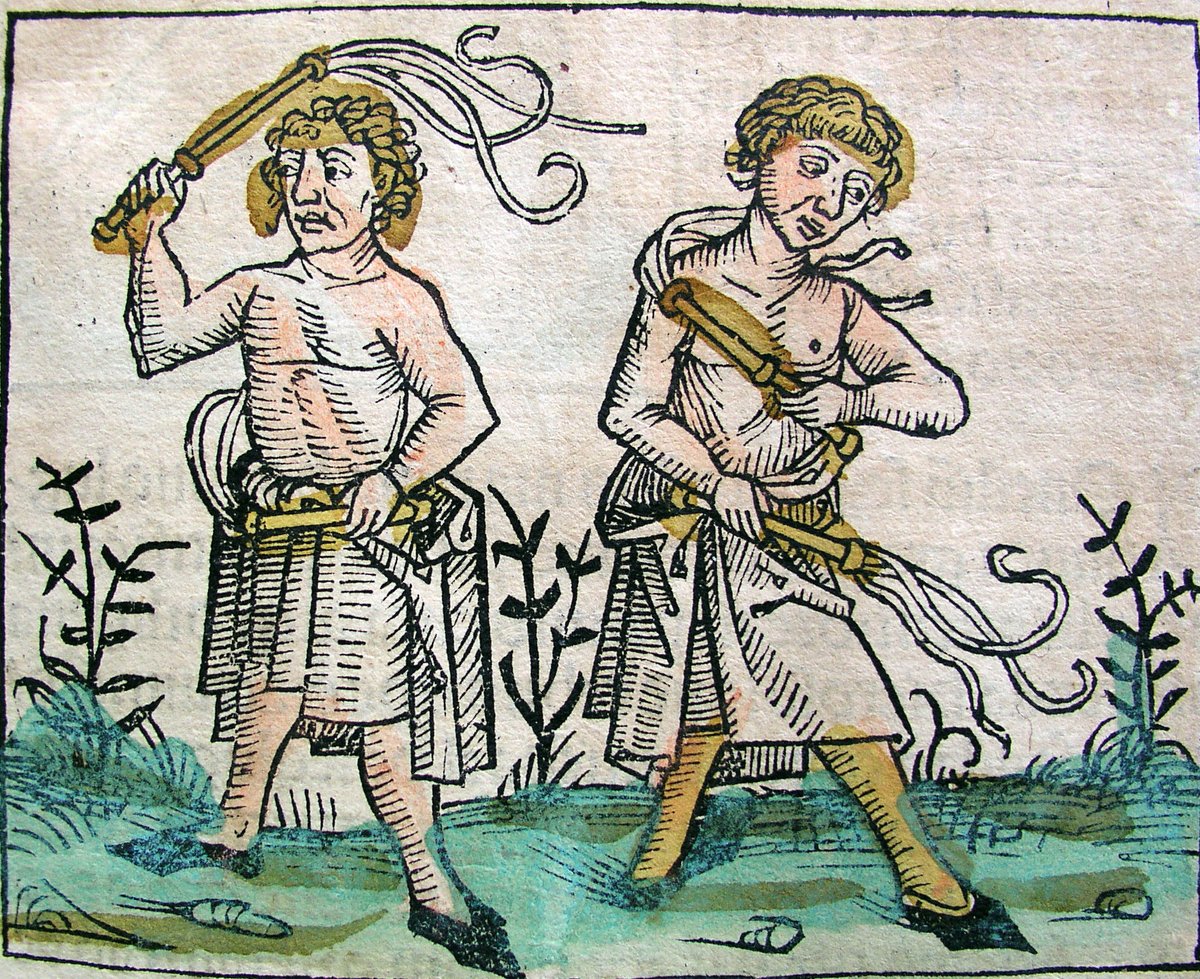
People attribute the rise of flagellants in Italy to the brutal 1250s decade where tensions between Guelphs and Ghibellines resulted in bloody scuffles and laying waste to countryside, culminating in 1260 battle of Montaperto, where Ghibellines butchered the Guelphs! 
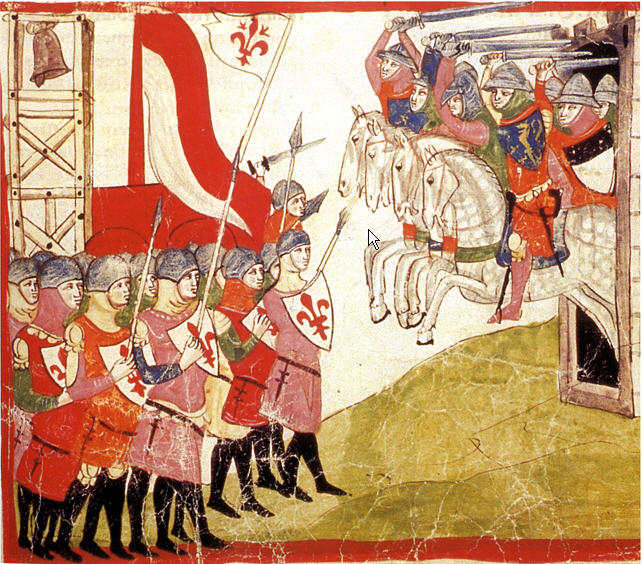
In the same year after the battle flagellants appeared in the city of Perugia! The year before there was also severe crop damage and famine throughout Europe. From Perugia the phenomenon seemed to spread across Northern Italy and into Austria and from there to Hungary. 

A monk reported of Perugian Flagellants: "The fear of the Lord came upon them so that nobles as well as commoners, old and young, even children of five years, naked to the waist, went unashamed through the streets of the city in procession two by two..."
"...Each had a leather whip in his hand and with groans and wailings struck themselves so sharply on the shoulders that they bled, and pouring forth tears... And not so only in the day but even into the night with lighted candles, in coldest winter,..."
"... hundreds and thousands even tens of thousands went around through the cities and churches
and humbly prostrated themselves before the altar,
the priests preceding them with crosses and banners." Female penitents whipped themselves in private to preserve their modesty!
and humbly prostrated themselves before the altar,
the priests preceding them with crosses and banners." Female penitents whipped themselves in private to preserve their modesty!
From Perugia the movement "spread as rapidly as an eagle pouncing upon its prey" into the territories of Carinthia, Austria, Bavaria, the Rhineland, Moravia, Bohemia, Hungary and even north into Poland. They would eventually fade and the Church condemned this excessive piety! 

One should also note that the period of interregnum in the Holy Roman Empire after 1250 brought a lot of conflicts and uncertainty in Italy and Central Europe which was also connected to extinction of Babenberg line in Austria and battles between Bohemia and Hungary I wrote of.
The conflict between the Pope and the Emperor and the subsequent Guelph and Ghibelline division in Italy and continuous power struggle in Central Europe created a sense of constant apocalyptic struggle among people. It seems that such bizarre movements were a result of this.
• • •
Missing some Tweet in this thread? You can try to
force a refresh


